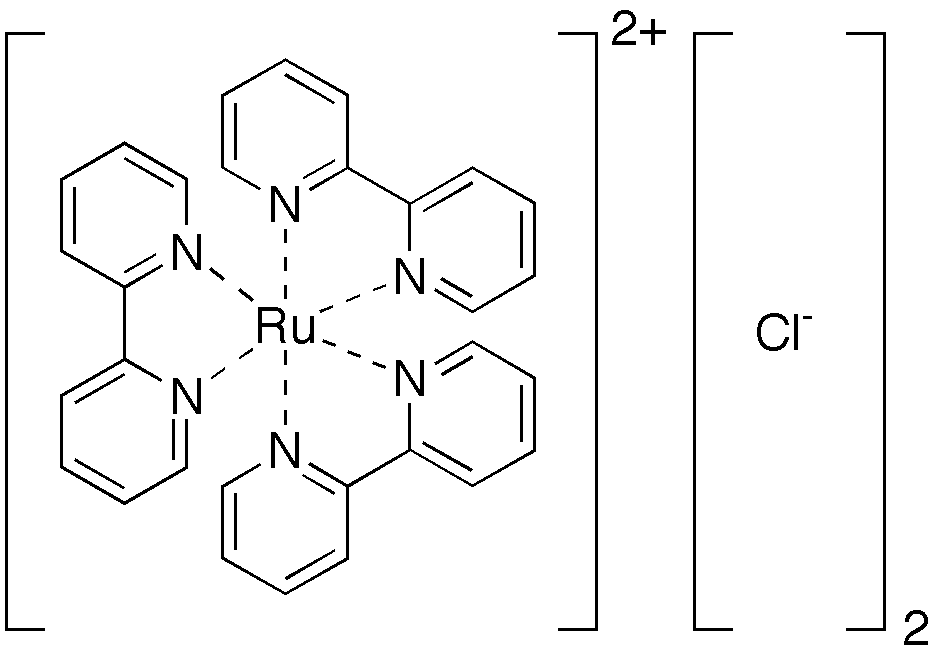Two weeks passed since Chern showed me the first beaded EMAC. Qian-Rui and Chern have further demonstrated that beads can be applied to many more EMACs with different chain lengths and ligands.
I thought, maybe there are more different types of molecules, especially coordination compounds, that can be made with beads. I tried to imagine other molecules I can think of. I tried tris(bipyridine)ruthenium(II) ion tonight. But it didn't work. Right now, I couldn't find any other molecules that can be constructed with beads easily.
It is also quite surprising to me that my group (especially, Qian-Rui Huang and me) has been working on the transport properties of EMACs for a few years. Additionally there is
a giant physical model of the longest EMAC compound hung in the main lobby of our deparment, which I've seen almost everyday. But I didn't realize earlier that this class of molecules can be built so faithfully with beads that we have been playing with for four years already.




















